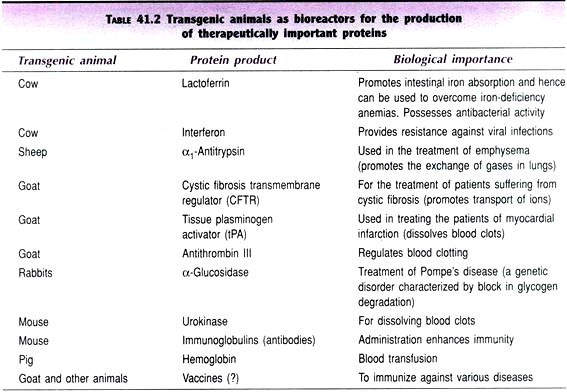ADVERTISEMENTS:
There are two ways in which the immune system responds to infection. In the cellular immune response, there is a direct interaction between lymphocytes and invading fungi, bacteria, or virus-infected cells.
In contrast, the humoral immune response acts principally against extracellular phases of infection, that is, through the secretion of proteins called antibodies or immunoglobulin’s into the blood plasma, lymph, and tissue fluid.
These antibodies combine with foreign substances called antigens that are carried in the surface of or are released by the pathogen. The combination of antibody with antigen then initiates a response leading to the elimination of the antigen and, more importantly, its source.
ADVERTISEMENTS:
T Lymphocytes and B Lymphocytes:
Cellular immunity is mediated by a class of lymphocytes called T lymphocytes or T cells. These cells are derived from pluripotent stem cells in the hemopoietic tissues of the embryo (i.e., the liver and bone marrow). From there they migrate to and colonize the thymus gland (hence, “T” implies “thymus-derived”).
Many T lymphocytes migrate from the thymus to other lymphoid tissues such as the spleen and lymph nodes and colonize these tissues. Humoral immunity is mediated by B lymphocytes or B cells. In birds, B lymphocytes are derived from the bursa of Fabricius, an out pocketing of the hindgut that is colonized by hemopoietic stem cells early in embryonic development (thus, “B” implies “bursa-derived”). In mammals, which have no bursa, the origin of B lymphocytes remains uncertain, although many are derived from the bone marrow itself.
The activation of T and B lymphocytes by the presence of a foreign agent leads to the production of the effector cells that combat the infection. The T lymphocytes give rise to cytotoxic, helper and suppressor cells, whereas the B lymphocytes give rise to the plasma cells that secrete antibodies (Fig. 25-1). Both T and B lymphocytes also give rise to memory cells- cells responsible for immunologic memory.
Antigens of the foreign agent are recognized by two families of proteins peculiar to the immune system. The best understood of these proteins are the antibodies. Antibodies are found in the plasma membranes of B cells, where they act as antigen receptors, and are also secreted by the plasma cells produced by proliferation of B lymphocytes during an immune response.
Because they are produced in large quantities during infection, antibodies are readily isolated for study and much is known about their structure and action. Less well understood are the T lymphocyte receptor proteins—proteins associated with the plasma membranes of these cells. These proteins are not secreted by T cells and are isolated with much greater difficulty.
T-cell receptors provide T lymphocytes with the capability to attach directly to foreign cells and to host cells that have been infected by viruses. Despite the disproportion in our knowledge of these two classes of proteins, it is clear that antibodies and T- cell receptors are structurally similar and have a common evolutionary origin.
